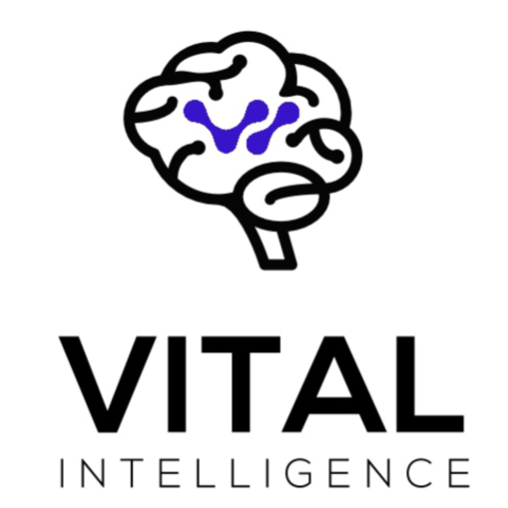Consciousness, the essence of our existence, has intrigued philosophers and scientists for centuries. With the advent of modern neuroimaging techniques, neuroscientific theories of consciousness (ToCs) have emerged, attempting to understand the relationship between brain activity and conscious experience. However, these theories have mainly focused on disorders of awareness, such as coma and spatial neglect, while largely neglecting psychiatric disorders. This article aims to bridge this gap by exploring the connection between ToCs and psychiatric disorders, shedding light on how these theories can account for the diverse and complex symptoms of mental illnesses.
- The Significance of Understanding Consciousness
Consciousness is the cornerstone of human existence, and its study has been a challenge for centuries. Recently, advancements in neuroimaging have allowed scientists to approach the “hard problem” of consciousness – how the brain gives rise to conscious states – in a more scientific manner. Various neuroscientific ToCs have emerged, proposing different mechanisms for conscious experience. However, the qualitative aspects of consciousness remain elusive, making it challenging to compare the explanatory power of these theories effectively.
- Bridging the Gap: ToCs and Psychiatric Disorders
ToCs have predominantly focused on disorders of quantitative awareness, leaving psychiatric disorders relatively unexplored. This article proposes exploring how these theories address psychiatric symptomatology to assess their explanatory power fully. Disorders of consciousness impair conscious experience quantitatively, while psychiatric disorders may affect more qualitative aspects of conscious experience, such as emotions, perceptions, and thoughts.
- Analyzing the Connection between ToCs and Psychiatric Disorders
This section reviews six prominent ToCs: Higher Order Theory (HOT), Global Neuronal Workspace Theory (GNWT), Predictive Processing Theory (PPT), Information Integration Theory (IIT), Temporo-spatial Theory of Consciousness (TTC), and Recurrent Processing Theory (RPT). We explore how each theory connects with psychiatric disorders through direct and indirect evidence.
- Exploring ToCs’ Explanatory Power in Psychiatry
- Higher Order Theory (HOT): HOT posits that higher-order mechanisms are required for consciousness to arise. Recent research links HOT to emotional dysregulation in fear and anxiety disorders. Additionally, HOT may explain features of schizophrenia and depression, where meta-representation deficits could lead to delusions and hallucinations.
- Global Neuronal Workspace Theory (GNWT): GNWT distinguishes between conscious and non-conscious states based on global availability to cognitive processes. GNWT has been linked to schizophrenia, suggesting deficits in global availability of information. Moreover, the theory may shed light on auditory verbal hallucinations in schizophrenia.
- Predictive Processing Theory (PPT): PPT suggests that consciousness arises from the interaction between top-down predictions and bottom-up sensory signals. The theory may explain somatic symptom disorder, depression, and auditory verbal hallucinations in schizophrenia, linking these disorders to distorted predictive mechanisms.
- Information Integration Theory (IIT): IIT focuses on phenomenological consciousness and posits that consciousness arises from the intrinsic structure of a physical system. IIT has shown potential in explaining schizophrenia and depression through alterations in information integration and resting-state brain activity.
- Temporo-spatial Theory of Consciousness (TTC): TTC focuses on the spatiotemporal properties of subjective experience, relating them to the resting-state brain’s patterns. TTC appears promising in explaining the phenomenological alterations in schizophrenia and depression, particularly regarding alterations in spatial and temporal brain dynamics.
- A Novel Dimension of Consciousness
Among the ToCs explored, TTC seems to offer a more comprehensive account of psychiatric disorders due to its emphasis on the spatiotemporal aspects of conscious experience. This suggests the need for a novel dimension of consciousness, such as the “form of consciousness,” to address qualitative alterations in conscious experience observed in psychiatric symptoms.
Conclusion
The study of consciousness has entered a new era with the development of neuroscientific ToCs. However, the connection between these theories and psychiatric disorders has been underexplored. By assessing how ToCs address psychiatric symptomatology, this article reveals TTC as a promising candidate for understanding the complexities of mental illnesses. Further research on the form of consciousness and its relation to psychiatric disorders may pave the way for a deeper understanding of the human mind and its mysteries.
